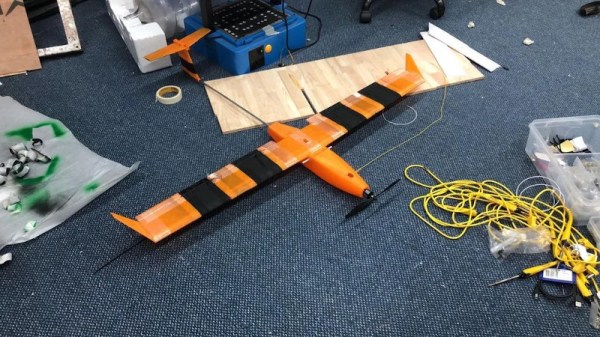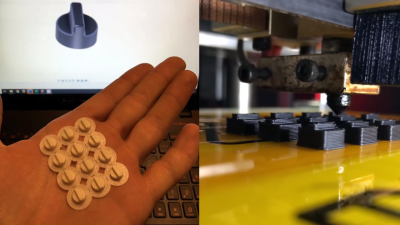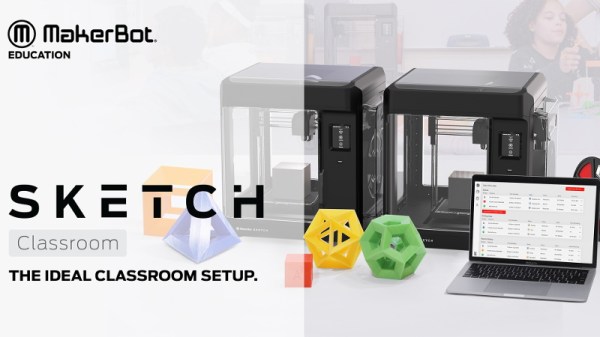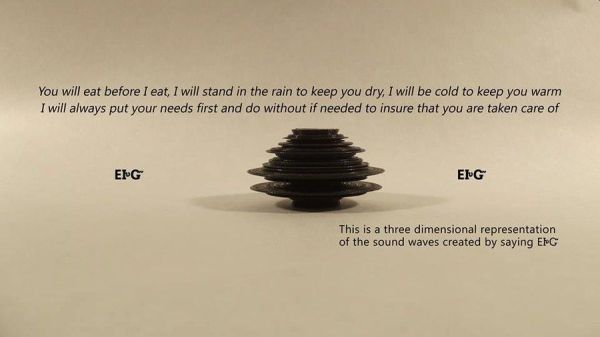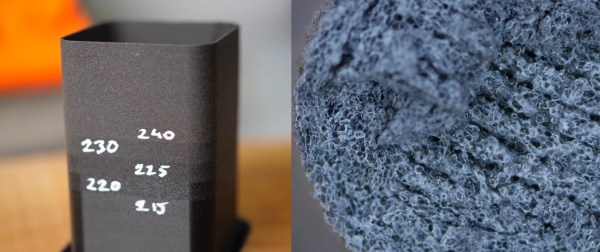Historically, remote control aircraft were produced much like their early full-sized counterparts. Wooden structures were covered with adhesives and taut fabric membranes. Other techniques later came to the fore, with builders looking to foam and other materials. Of course, these days 3D printers are all the rage, so perhaps one can simply print out a whole plane? As [sahevaantaneja] discovered, it’s not that easy!
One of the foremost problems is the process of slicing. This is where 3D geometry is transformed into the G-code which defines the path taken by the 3D printer during production of a component. Slicer software is generally optimised for working with mostly-solid objects, and some tweaks can be required when working with thin-walled designs.
These challenges come to bear with an aircraft design, which, by necessity must be lightweight. [sahevaantaneja] does a great job of explaining the journey of discovery in which their design was optimised to work with conventional slicers. This allowed the various components to be printed without errors, while retaining their strength to survive in flight.
The design was successful in test flights – a great reward after much experimentation. We’ve seen other 3D printed designs take flight, too. Video after the break.
Continue reading “How To Slice Lightweight Aircraft Parts For 3D Printing”

